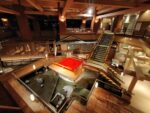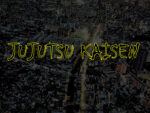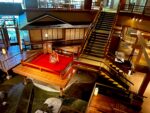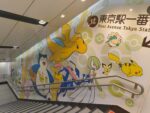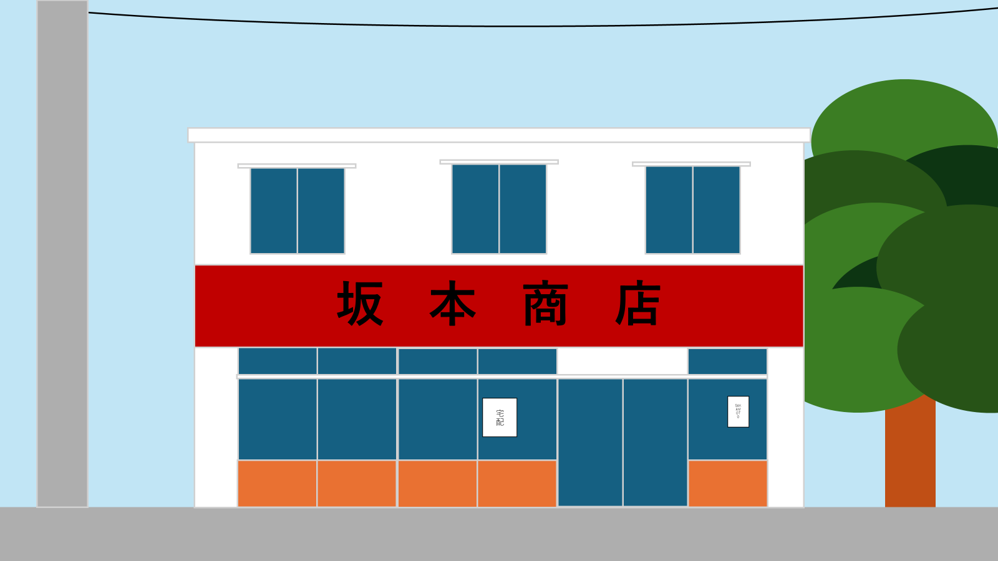
SAKAMOTO DAYS is a hit action-comedy manga about Taro Sakamoto, once a legendary hitman, now living peacefully as a family man. But when assassins suddenly target him, he unleashes his overwhelming combat skills once again.
What makes this series even more exciting for fans is that many of its iconic battlefields and story settings are inspired by real locations across Japan. This means you can actually visit them during your trip — combining sightseeing with a manga pilgrimage!
⚠️ Note: This article may contain minor spoilers.
Locations Featured in SAKAMOTO DAYS
- Yokohama Chinatown (Yokohama)
- National Museum of Nature and Science (Tokyo) & Nagoya City Science Museum (Nagoya)
- Asakusa Kaminarimon Gate (Tokyo)
- Nezu Shrine (Tokyo)
- Tokyo Tower (Tokyo)
- Gion & Yasaka Pagoda Area (Kyoto)
- Kiyomizu-dera Temple (Kyoto)
- Arashiyama & Togetsukyo Bridge (Kyoto)
1. Yokohama Chinatown (Yokohama)
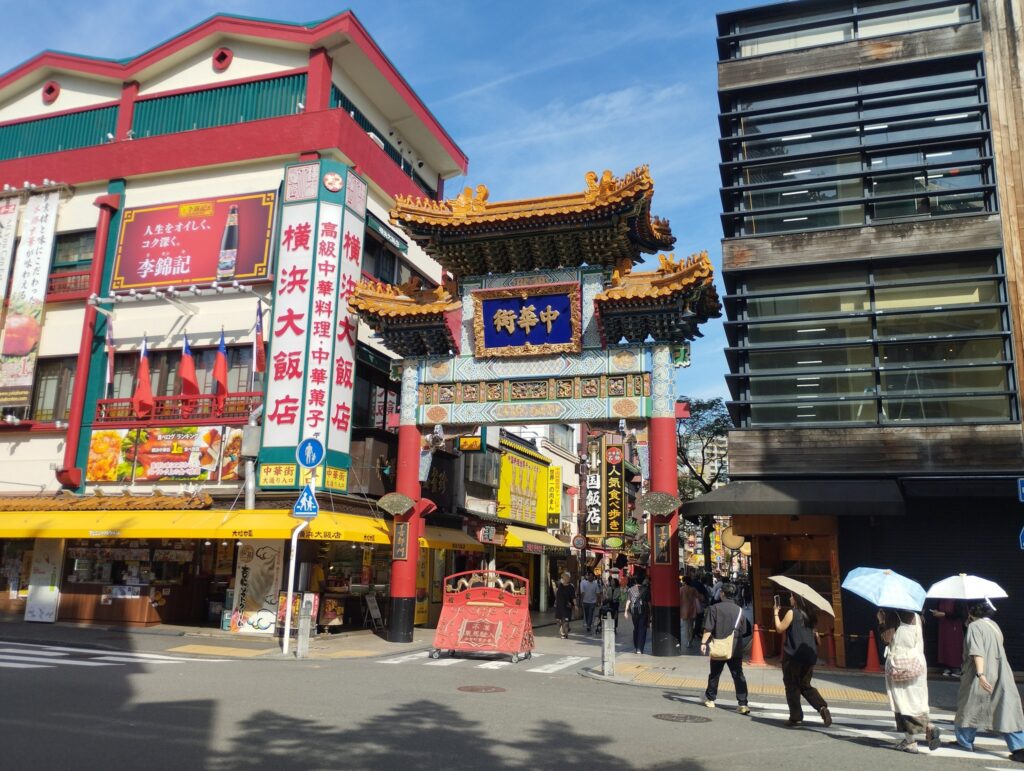
In the manga, Sakamoto and Shin first meet Lu in a Chinatown setting. The model is believed to be around Choyo-mon Gate in Yokohama Chinatown.
With over 150 years of history, this is Japan’s largest Chinatown. The streets are filled with colorful gates, traditional architecture, and countless Chinese restaurants. One highlight is the steamed pork buns (nikuman) — just like Sakamoto buys for his family. Famous shops include Kaseiro and Kokyo.
📍 Location: Yamashita-cho, Naka-ku, Yokohama, Kanagawa
🚉 Access: 1 min walk from Motomachi-Chukagai Station (Minatomirai Line)
2. National Museum of Nature and Science (Tokyo) & Nagoya City Science Museum (Nagoya)
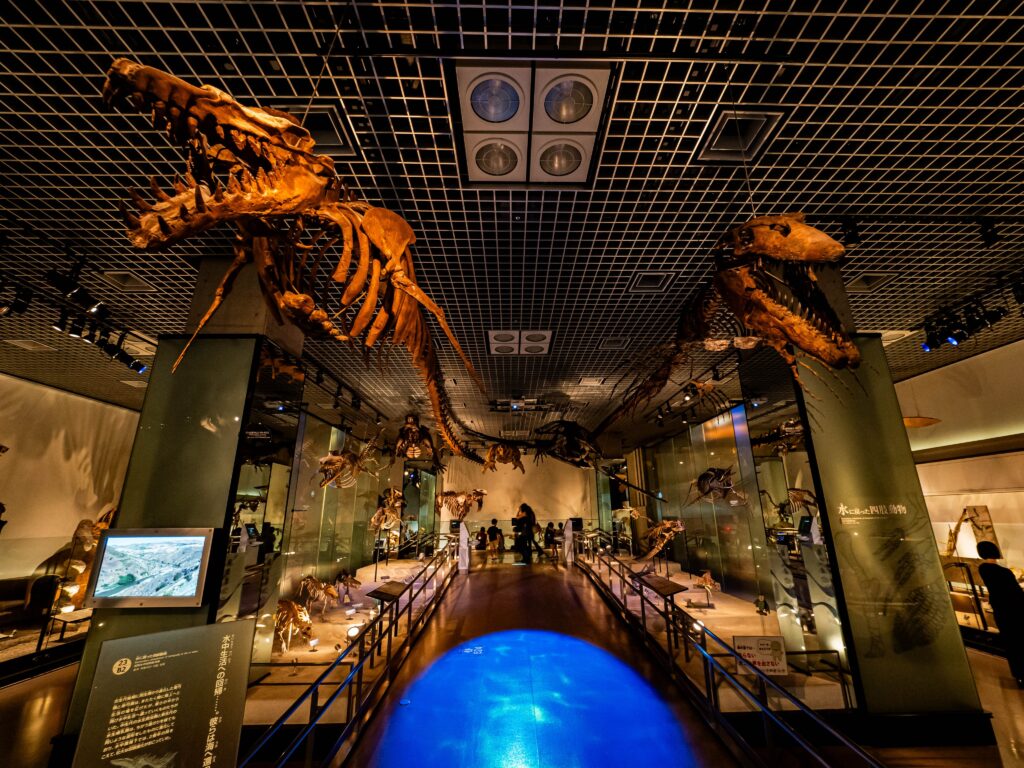
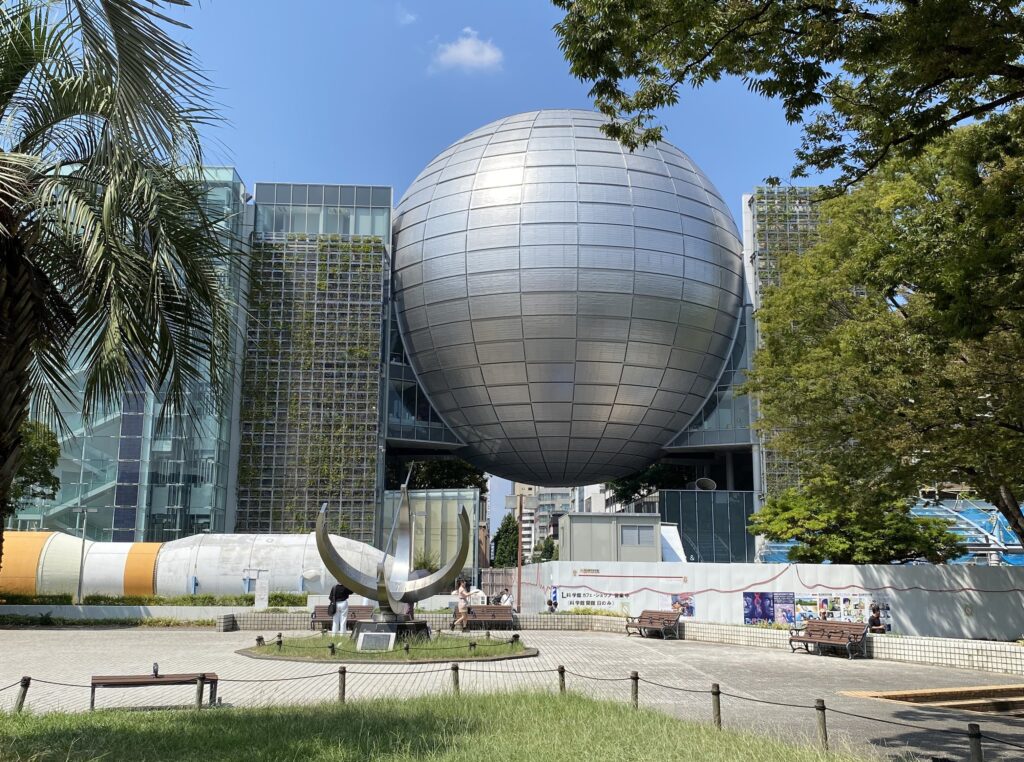
The mysterious Labo where esper research takes place resembles both:
- National Museum of Nature and Science (Ueno, Tokyo): Japan’s oldest science museum with dinosaurs, deep-sea creatures, and planet Earth exhibits.
- Nagoya City Science Museum: Known for the world’s largest planetarium dome, its iconic building design is nearly identical to the manga’s depiction.
📍 National Museum of Nature and Science: 7-20 Ueno Park, Taito, Tokyo
📍 Nagoya City Science Museum: 2-17-1 Sakae, Naka-ku, Nagoya
3. Asakusa Kaminarimon Gate (Tokyo)
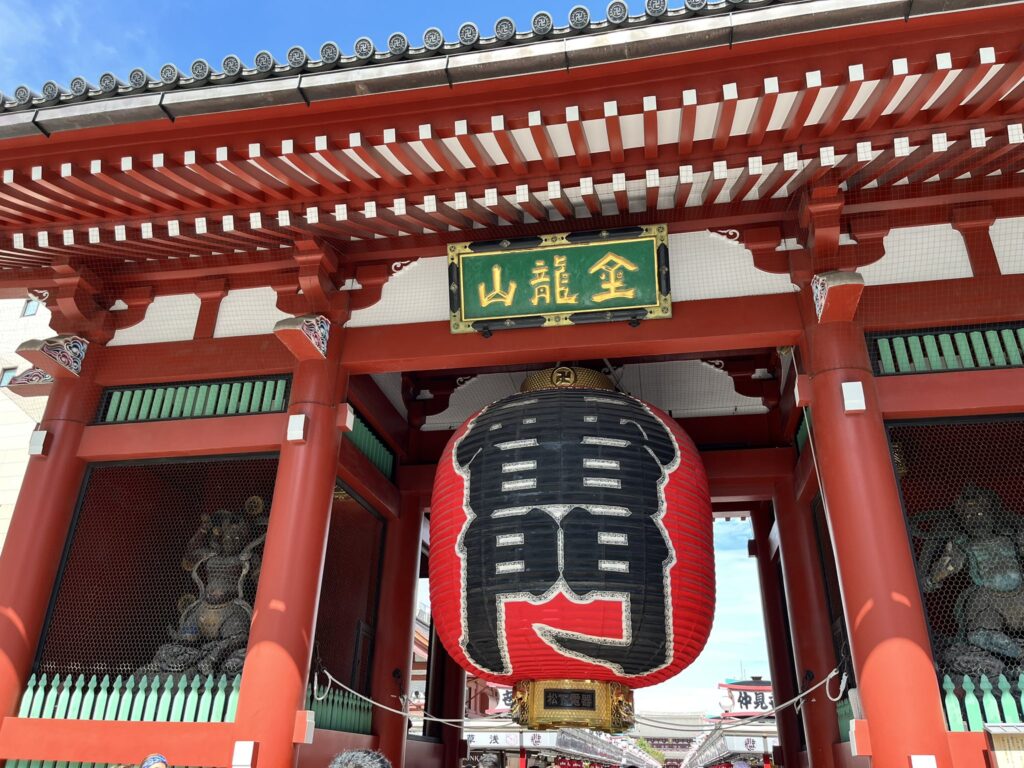
The scene where Shishiba and Osaragi eat katsudon appears to take place near Kaminarimon Gate, the famous entrance to Senso-ji Temple.
The huge red lantern with “Kaminarimon” written on it is one of Tokyo’s most photographed landmarks. The gate is flanked by statues of the Thunder God (Raijin) and Wind God (Fujin), adding to its cultural importance.
📍 Location: 2-3-1 Asakusa, Taito, Tokyo
🚉 Access: 2–5 min walk from Asakusa Station
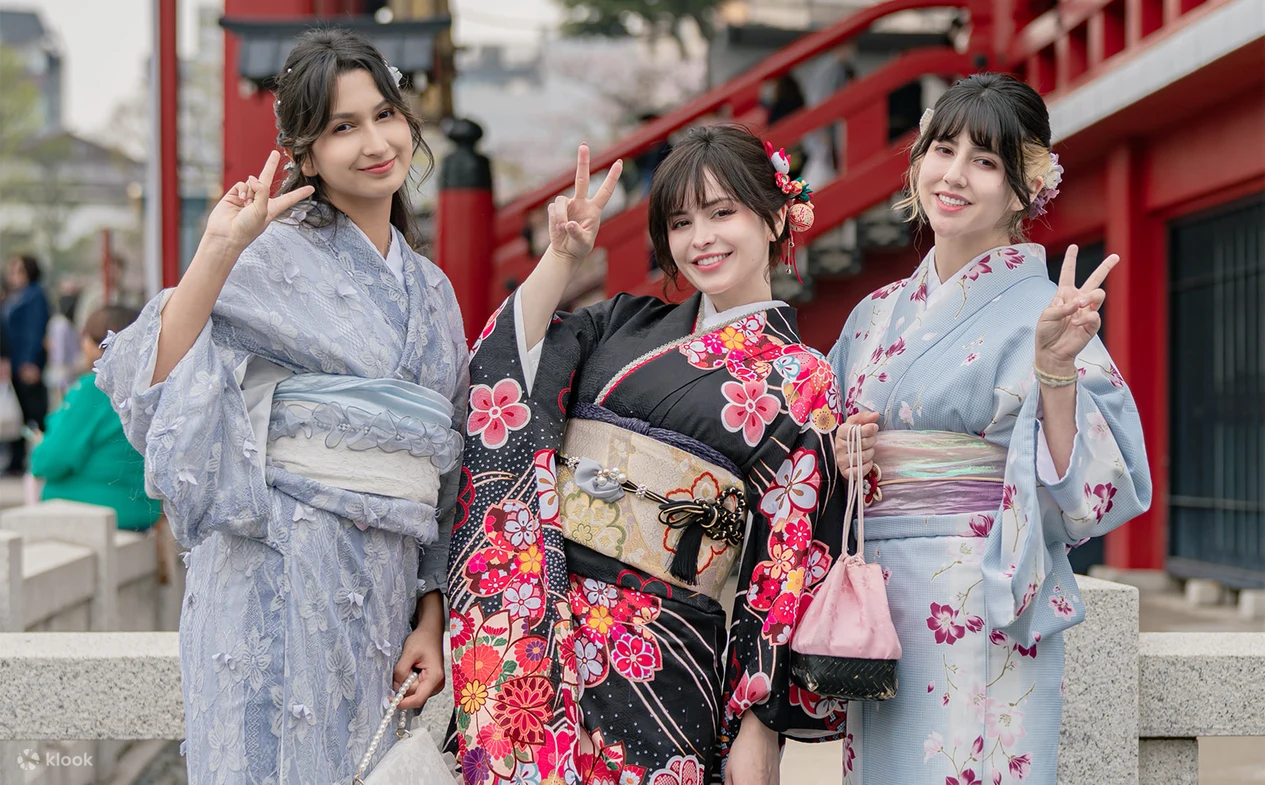
4. Nezu Shrine (Tokyo)
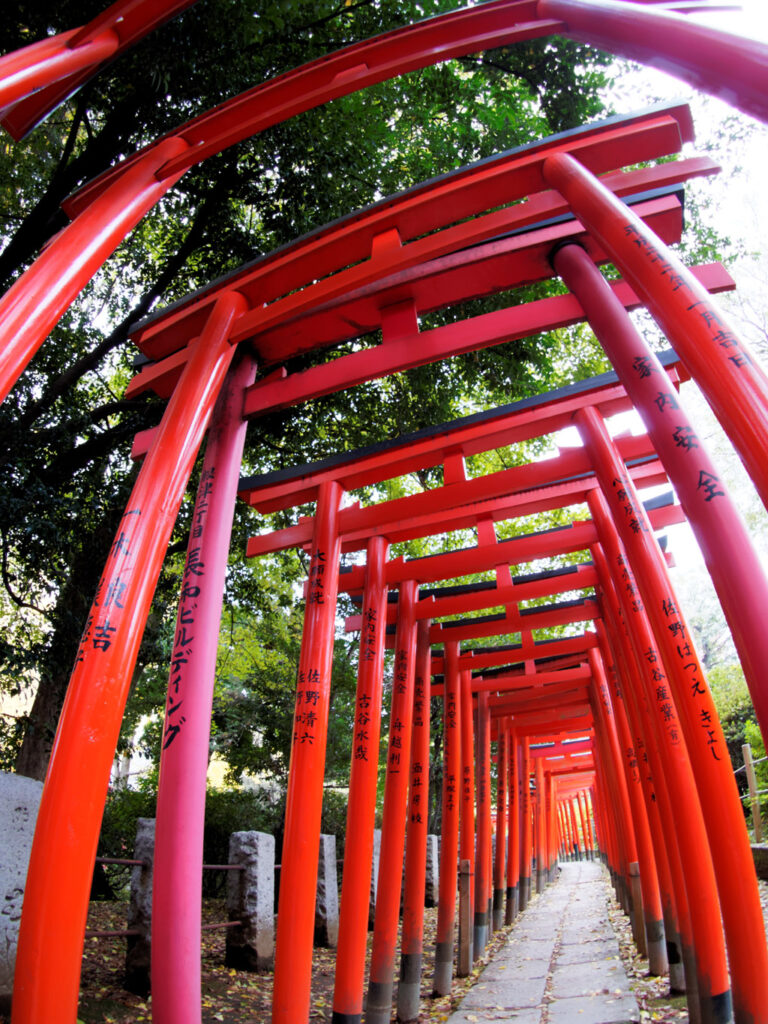
The fight between Osaragi and Dump seems inspired by Nezu Shrine, famous for its long rows of vermilion torii gates (thousand torii).
Nestled in central Tokyo, Nezu Shrine is especially popular during the spring azalea festival and offers a serene, traditional atmosphere.
📍 Location: 1-28-9 Nezu, Bunkyo, Tokyo
🚉 Access: 5 min walk from Nezu Station (Tokyo Metro Chiyoda Line)
5. Tokyo Tower (Tokyo)
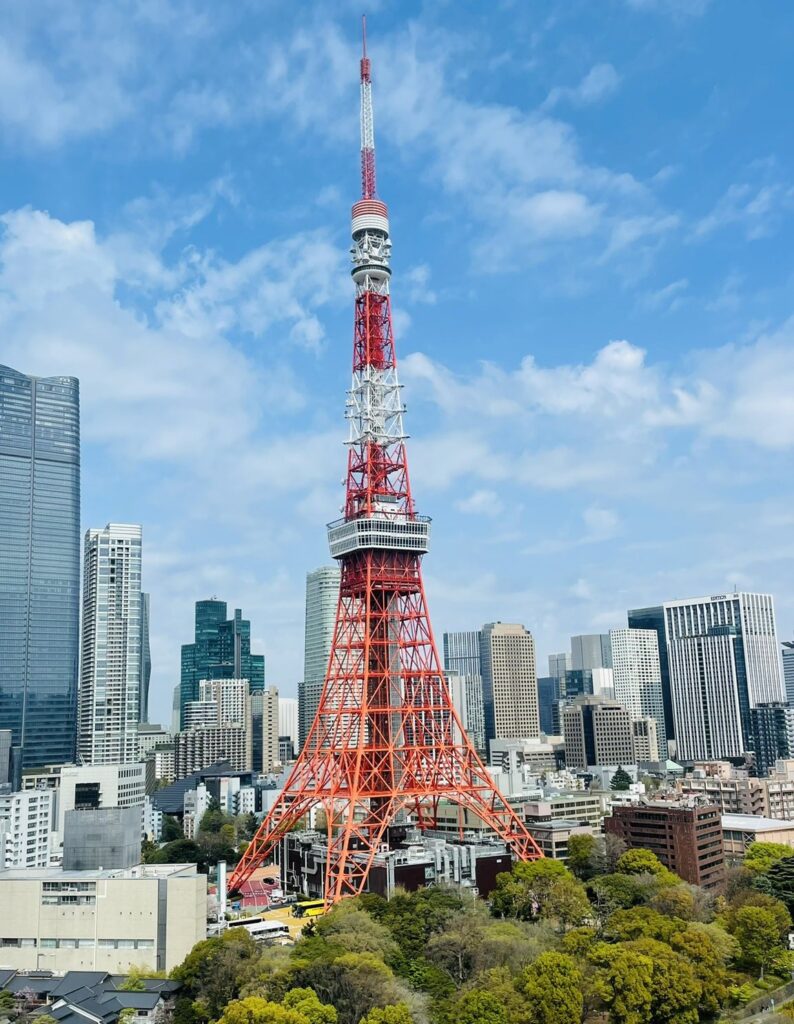
One of the most intense battles takes place around Tokyo Tower.
Standing 333 meters tall, this iconic landmark offers panoramic city views from its observation decks. By day you can see Mt. Fuji on clear days, while at night it glows beautifully with LED lights.
📍 Location: 4-2-8 Shibakoen, Minato, Tokyo
🚉 Access: 5 min walk from Akabanebashi Station (Toei Oedo Line)
6. Gion & Yasaka Pagoda Area (Kyoto)
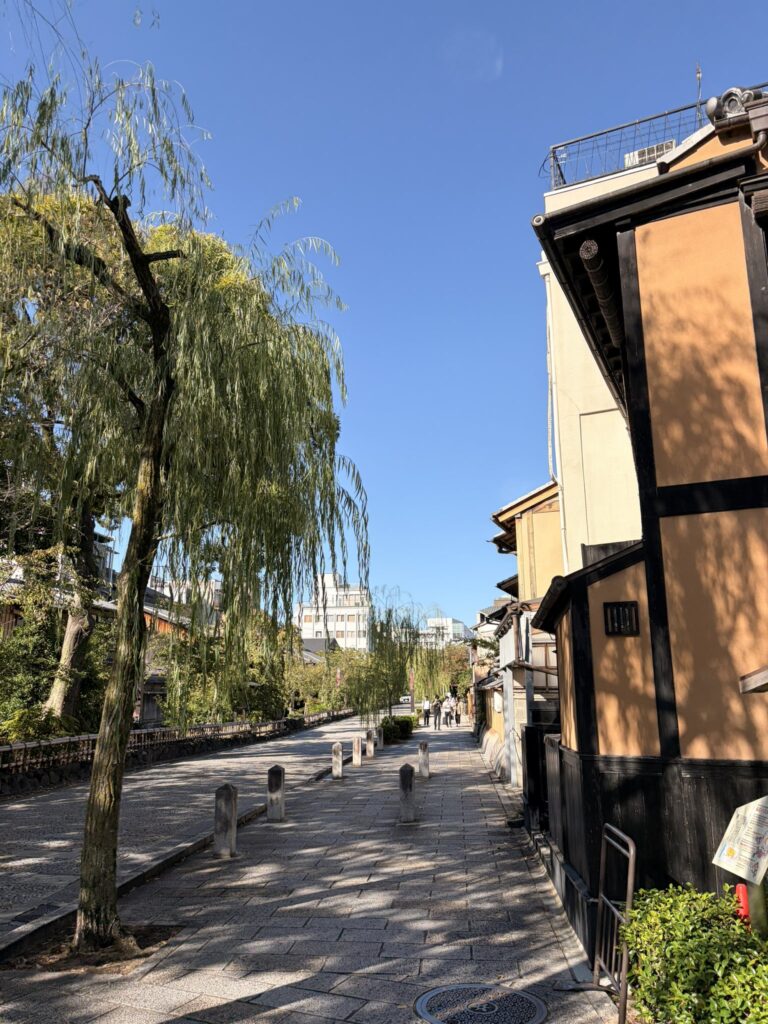
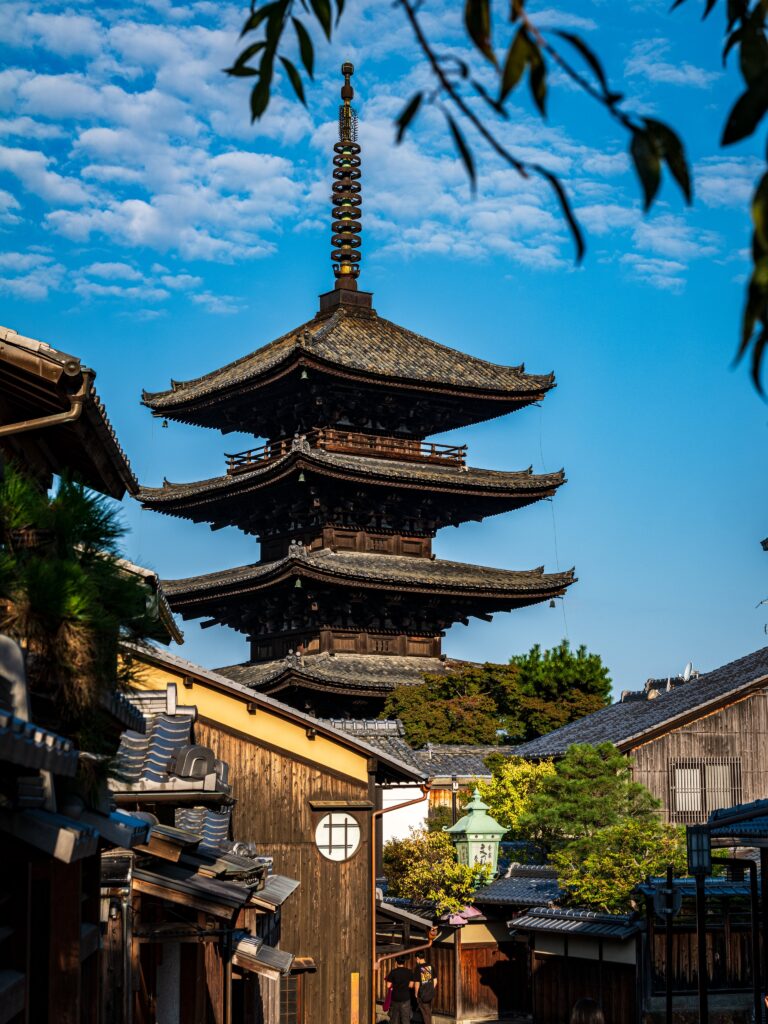
The showdown with Yotsumura begins in Gion, Kyoto’s most famous geisha district.
Wander through stone-paved alleys lined with machiya (traditional townhouses), spot Yasaka Pagoda rising above the rooftops, and maybe catch a glimpse of a maiko or geisha on their way to an appointment.
📍 Location: Higashiyama-ku, Kyoto
🚉 Access: 6 min walk from Gion-Shijo Station (Keihan Line)
7. Kiyomizu-dera Temple (Kyoto)
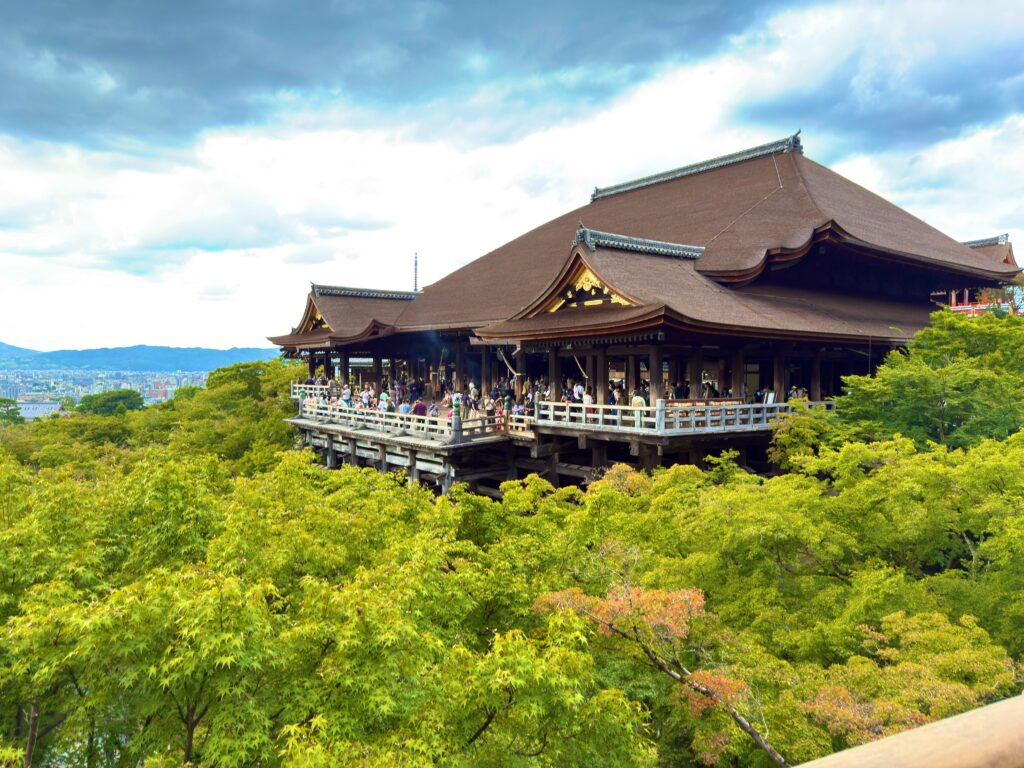
The fierce battle continues at Kiyomizu-dera, a UNESCO World Heritage site.
The temple’s massive wooden stage (“Kiyomizu Stage”) overlooks seasonal scenery — cherry blossoms in spring, vibrant foliage in autumn, and snowy landscapes in winter.
📍 Location: 1-294 Kiyomizu, Higashiyama, Kyoto
🚉 Access: 10 min walk from Gojo-zaka bus stop
8. Arashiyama & Togetsukyo Bridge (Kyoto)
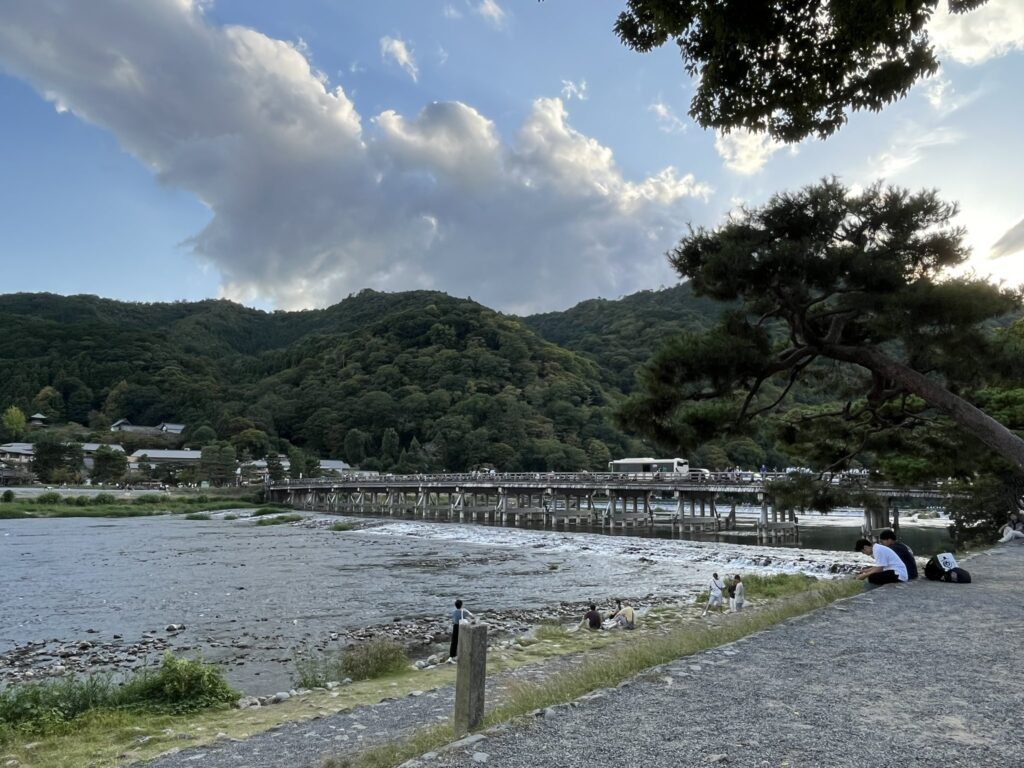
Meanwhile, Osaragi heads to Arashiyama, fighting on the iconic Togetsukyo Bridge.
Spanning the Katsura River with mountains as the backdrop, this bridge is one of Kyoto’s most scenic spots. Nearby are must-see attractions like Tenryu-ji Temple and the Bamboo Grove.
📍 Location: Arashiyama, Nishikyo-ku, Kyoto
🚉 Access: Short walk from Arashiyama Station (Keifuku Line)
Final Thoughts
SAKAMOTO DAYS may be fiction, but its stages are rooted in real-life Japanese landmarks. From the neon streets of Yokohama Chinatown to Kyoto’s serene temples, these locations let fans step directly into the world of the manga.
Whether you’re a die-hard fan or just sightseeing in Japan, a SAKAMOTO DAYS pilgrimage is the perfect way to blend pop culture with traditional travel experiences.
👉 Tips for travelers:
- Add these stops to your Tokyo–Kyoto itinerary for an exciting themed trip.
- Some places like Tokyo Tower and Kiyomizu-dera require admission fees.
- Check opening hours before visiting, as temples and museums often close early.
Alcoholic beverage Anime April Architecture August Autumn Building Capital Area Cherry blossom February Flower Izakaya Japanese food July Kinki kyoto Local ramen Manga March Nagoya Nature Nightlife Night view October Osaka Photogenic Pink Red Sakura September Shopping Shrine Souvenir Spring Station Summer Superb view Temple Tips Tohoku Tokai Tokyo Torii White Winter


